
Tibet Overland Group Tour to Kathmandu travelogue
This outstanding tour of Tibet takes you across the plateau into Nepal. An 8-day overland trip from Lhasa to Kathmandu, it is one of the best and most popular tours in Tibet. An overland group tour that takes you to all of the major attractions of the plateau, this trip will give you an insight into the vastness of the Tibetan plateau and the amazing experience of traveling overland across the Roof of the World.
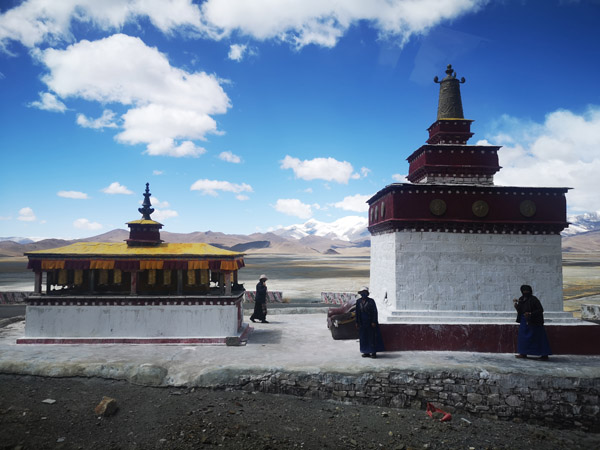
Table of Contents
Tour Itinerary
After your arrival in Lhasa, by flight or train, your guide will meet you at the train station or airport and transfer you to your pre-booked hotel in the city. Lhasa lies at an altitude of 3,656 meters above sea level, so it is best to rest for the rest of the day, to help your body adjust to the higher altitude of the plateau.
In the morning, you will be picked up from your hotel to tour the sights of Lhasa, including the Potala Palace, the Jokhang Temple, and Barkhor Street. The rest of the day is yours to explore or rest, and rest is again recommended, as it can take a day or two to fully adjust to the altitude. Your third day on the plateau will be spent visiting the two famous monasteries of the Gelug School of Tibetan Buddhism in Lhasa, Sera and Drepung. In the late afternoon, your guide will return you to your hotel to rest for the long drive ahead of you.
After departing from Lhasa, the Tibetan capital, your route out of the city takes you first to the southwest, where you will pass by and stop at Lake Yamdrok, one of the Great Three Sacred Lakes of Tibet. On the way, you will stop to view the pristine white Karola Glacier. Then you will continue to Gyantse to visit the Pelkor Chode Monastery and the amazing Kumbum Stupa, one of a kind in Tibet. The day ends in Shigatse, where you will rest for the night.
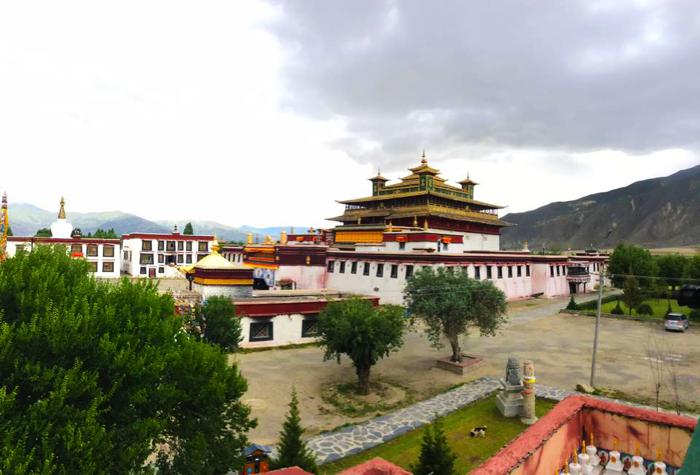
In the morning, your guide will take you to visit the Tashilhunpo Monastery, the seat of the Panchen Lama, and you will depart from Shigatse for Sakya, crossing the Tso La Pass at 4,500 meters. After visiting the famous monastery, you will continue on to the small town of Shegar, where you will stop for the night.
Your sixth day in Tibet sees you departing the town and heading for the most famous attraction in Tibet, Mount Everest. The route crosses several passes above 5,000 meters, and takes around 2 hours 30 minutes, arriving at the famous Rongbuk Monastery and the base camp in the morning. After settling in to your accommodation at either the monastery or the tent guesthouses, you will be able to spend the afternoon exploring the monastery and the area, which has a great view of the summit of the world’s highest mountain. The base camp for tourists to Mount Everest is close to the monastery, and is the closest that tourists can get to the mountain, as it is an area of preservation due to the delicate environment.
If you wake early enough in the morning, it is a great opportunity to get some of the best views of Mount Everest, as the sun rises in the east and turns the whole eastern face of the mountain a burnished orange color. One of the best photos you can get, it is the ideal way to say your goodbyes to this amazing mountain, as we will depart from the base camp and monastery after breakfast.
On the road again, the route takes us back to the Friendship Highway, where we will continue over the Thong La Pass and make our way to the stunning Peiku Tso, one of the most beautiful lakes in western Shigatse Prefecture. Our last stopover from the night in Nepal Tibet border is at Gyirong Town, just 24 kilometers from the Nepal border.
After a restful night, we will travel the short distance to the border, and you can say goodbye to your guide and driver as you exit China, crossing the Resuo Bridge into Nepal.
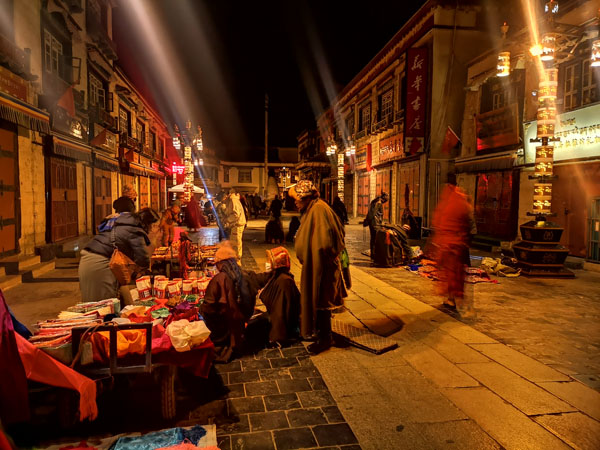
Tour Highlights
Almost all tours of the plateau include the section of the tour that takes you around the major attractions of the Tibetan capital of Lhasa. These tours usually include all five of the major sites within the city, though some do add other sites to see whilst there, if you have time. The main highlights of the Tibetan capital are:
Barkhor Street – Nowhere on earth is like Barkhor Street, where you can pick up your souvenirs, some light snacks and refreshments, and some local handicrafts, all while making the ritual Buddhist pilgrimage around the kora route. You can even get your own hand-held prayer wheel for the journey.
Jokhang Temple – One of the oldest Buddhist temples in the region, the Jokhang was built in the 7th century by the Tibetan king, Songtsen Gampo. Surrounded by myths and legends, the temple houses the life-size gilded statue of Sakyamuni Buddha at the age of 12.
Potala Palace – The former seat of governance in Tibet for around a hundred years, the Potala Palace is a massive two-color palace that was built for the 5th Dalai Lama. After the seat of government was moved to Norbulingka in 1755, the palace became the winter palace for the Dalai Lama, and is now a famous museum and local heritage and culture site.
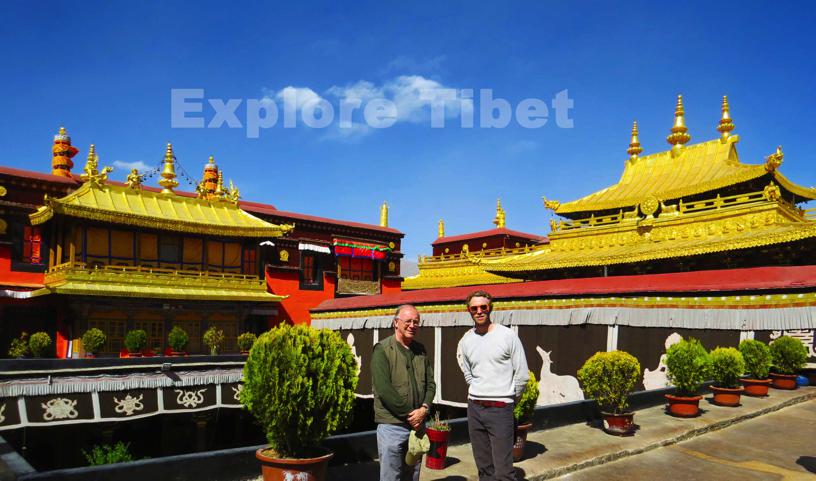
Sera Monastery – One of the major university monasteries of the Gelug School of Tibetan Buddhism, Sera Monastery is renowned for its monastic debates in the afternoons, which are open to the public. The debates are articulate and articulated, and can get very expressive, with lots of hand-clapping, foot-stamping, and loud exclamations.
Drepung Monastery – Sister Monastery to Sera, Drepung Monastery is another of the great university monasteries of the Gelug School. Drepung is notable for being the largest monastery in Tibet, and the most important monastery in the Gelug School of Tibetan Buddhism.
As you depart from the capital, heading for Nepal, there are a great many sights along the way, some of which you ill stop at, while others you will glimpse briefly. The route to Nepal is filled with amazing sights and experiences, and is one of the most amazing journeys in Tibet.
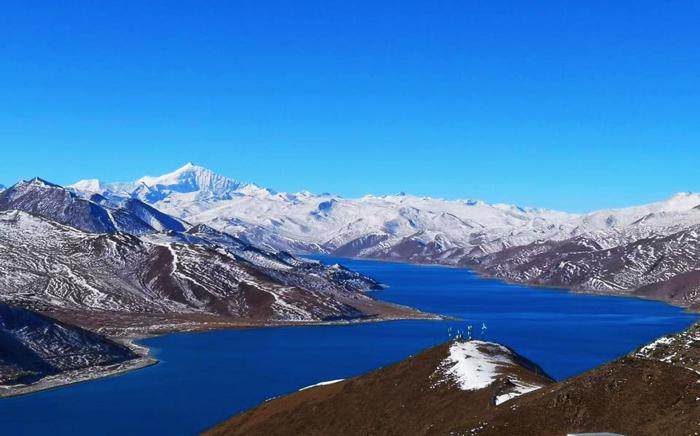
Lake Yamdrok
One of the Great Three Sacred lakes of Tibet, Lake Yamdrok is known as the lifeblood of Tibet, and legend tells that if it ever dries up, the Tibetan plateau will become completely uninhabitable.
Karola Glacier
While it may just be one of thousands of glaciers in the Tibetan area of the Himalayas, the Karla Glacier is renowned for its pristine whiteness and perfect formation. One of the few glaciers that can be seen along the route to Everest, Karola is the most perfect example for photos.
Gyantse Kumbum/Pelkor Chode
The Pelkor Chode Monastery, which houses the famous Gyantse Kumbum, is one of the older monasteries in Tibet. It is famous for the Kumbum Stupa that sits inside the grounds. Standing 32 meters tall and with 108 chapels, this nine-floor stupa is the only one of its kind in Tibet.
Tashilhunpo Monastery
The largest monastery on the plateau, Tashilhunpo Monastery is also the seat of the Panchen Lama, the second highest incarnation in Tibet. Built in the 15th century by the first Dalai Lama, it is the home to more than 1,000 monks and the largest statue of Buddha in Tibet, the 86-foot Maitreya Buddha.
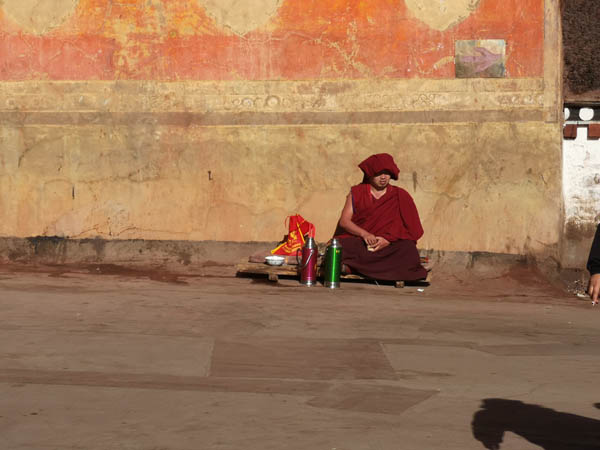
Sakya Monastery
Literally meaning “Grey Soil”, Sakya Monastery is one of the most important monasteries of the Sakyapa School of Tibetan Buddhism, and is split in two parts on either side of the Zongchu River. Only the southern side is now active, and the northern buildings of the monastery lie in ruins.
Rongbuk Monastery
Named as the official highest Buddhist monastery in the world, Rongbuk is the closest monastery to the base camp of Mount Everest, and was once a stopping point for adventurers on their way to attempt the summit of the mountain. The monastery is also considered to be a sacred place by the local Sherpa people of the area.
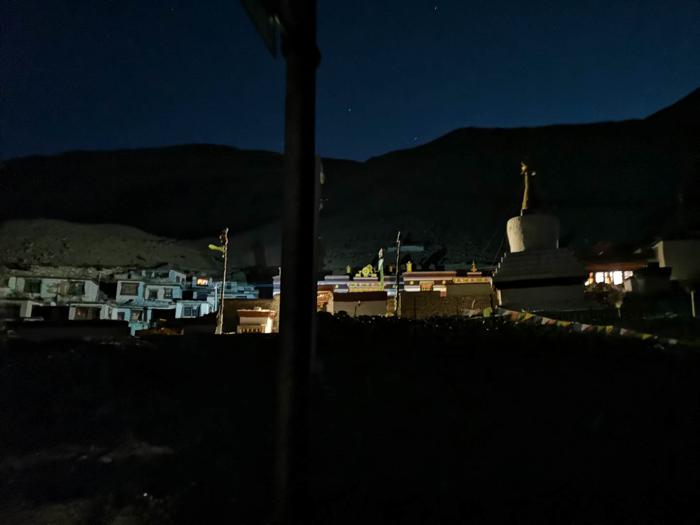
Mount Everest Base Camp (EBC)
he better of the two base camps on the slopes of Mount Everest, the camp in Tibet has excellent views of the summit of the great mountain on clear days. The location of the most iconic photos of Mount Everest ever taken, the base camp is the closest one can get to the mountain without being on an expedition to climb to the summit.
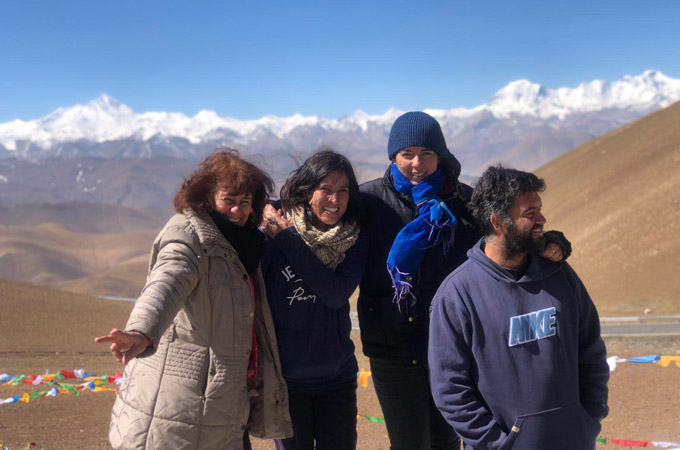
Peiku Tso
Located around 45 minutes after you leave the highway heading to Gyirong, Peiku Tso is one of the most placid lakes on the plateau. Even with the strong winds in the area that can blow your hat away, the lake is calm, with barely a ripple on the surface of its turquoise waters.
Gyirong Town
A small town in western Tibet, Gyirong Town has found fame since the opening of the Gyirong Port border crossing. The town is small and peaceful, and lies in the Gyirong Valley, one of the most beautiful lush valleys on the plateau.
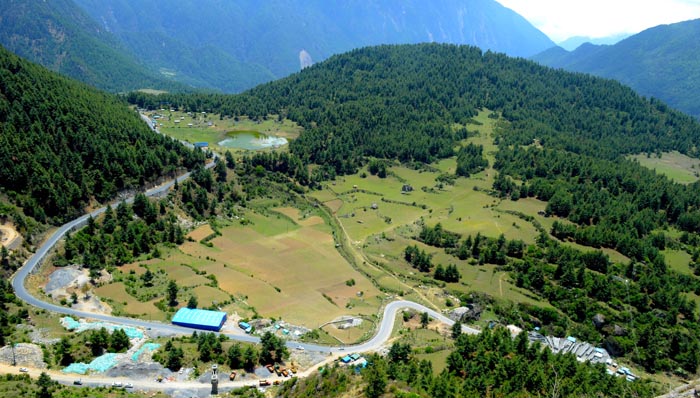
Resuo Bridge
Built as one of the Friendship Bridges across the border, the Resuo Bridge spans the Trishuli River Gorge into Nepal, and is the main crossing for both tourists and trade between China and Nepal.
Langtang National Park
After you cross the bridge into Nepal, the first thing you will see as you head for the exotic capital of Kathmandu is the Langtang National Park. The largest and oldest park in Nepal, this amazing area of protected landscape is one of the most beautiful examples of high-altitude forests in the Himalayas.
Recent Posts
Explore Tibet’s Summer Wonderland
Top Festivals in Tibet During Summer
Discover Tibet in 2024
All Categories
- About Tibet
- book a Tibet tour
- Buddhism Practice
- Budget Tour
- China-Tibet Train
- Customized Tibet tour
- Historical Sites
- Hot Springs in Tibet
- News
- Photography in Tibet
- Tibet attraction
- Tibet Group Visa
- Tibet Motorcycle Tour
- Tibet Small Group Tours
- Tibet Tours and Tibetan Tour Guide
- Tibet Train
- Tibet Travel FAQs
- Tibet Travel Information
- Tibet Travel News
- Tibet Travel Permit Update
- Tibet Travel Prices Rises
- Tibet Trek
- Tibet Trekking Tour
- Tibet weather and climate
- Tibet Wildlife animals
- Tibet Winter Tour
- Tibetan Buddhism
- Tibetan Cultural Features
- Tibetan Culture and Poeple
- Tibetan Festivals
- What to see in Tibet



